Download Industry Stewardship Great Barrier Reef Booklet here
The Great Barrier Reef, is an important World Heritage area, home to the world’s largest coral reef ecosystem and is a habitat for Australia’s unique aquatic species. More than 80 per cent of its catchment also supports some of Australia’s most important agricultural food production areas for grazing, horticulture, cropping and dairy.1
Decades of monitoring and research shows that climate change is the Reef’s predominant threat, manifesting in warmer waters and escalating coral bleaching occurrences. The preservation of this globally important ecosystem in the face of climate change and the sustainable co-existence with agriculture requires collective guardianship involving governments, industries, communities and individuals.
CropLife’s StewardshipFirst initiative is a real-world example of how industry-led stewardship has been instrumental in sustainable farming and productivity in the region. The ongoing improvement of water quality in the Reef catchment is a result of this investment, surpassing regulated sustainability targets and showcasing how science-driven, collective efforts support environmental conservation.
Key takeaways:
- Improved land management practices in reef catchments areas are making significant progress towards halting and reversing the decline of the quality of water entering the reef.
- Monitoring data shows pesticide concentrations in the Reef catchment area have decreased significantly over time and are below levels expected to cause risk to marine organisms.
- Industry-led stewardship and best practice initiatives are currently not included in models of farm run-off, which means the real outcomes are far more positive than what the modeling suggests.
Each section on this page explores the different ways in which industry-led stewardship protects the harmonious coexistence of agricultural productivity and environmental protection in the Great Barrier Reef (GBR) region:
- The intersection of agriculture and global sustainability targets
- A snapshot of agriculture in the GBR catchment area
- Label use and R&D underpin sustainable practices
- Industry-led stewardship gets results
- So what is actually threatening the health of the GBR?
1. The intersection of agriculture and global sustainability targets
The misconception that the production of food, feed, and fibre is inherently at odds with environmental conservation and sustainable development is increasingly challenged by emerging evidence and the adoption of innovation in the agricultural sector.
Importantly, a genuine understanding and appreciation of global commitments, such as those outlined in Article 2b of the United Nations Paris Agreement, emphasise the importance of fostering climate-resilient pathways.2 This article specifically calls for:
“Increasing the ability to adapt to the adverse impacts of climate change and foster climate resilience and low greenhouse gas emissions development, in a manner that does not threaten food production.“
This inclusion underscores the global recognition and necessity of integrating sustainable agricultural practices with environmental stewardship, ensuring that our efforts to protect the planet are harmoniously aligned with the vital need to sustainably produce food, feed, and fibre.
Summary points:
- The production of food, feed and fibre and good water quality in the Reef catchment area are not mutually exclusive –both can and are being achieved.
- Australia’s plant science industry understands the absolute need to implement best-practice product stewardship methods to protect and conserve our shared environment and has been taking real action to achieve this.
2. A snapshot of agriculture in the GBR catchment area
Queensland’s diverse climate and vast land area make it suitable for a wide range of agricultural activities, including cropping, livestock and fisheries. The industry is a key contributor to the state’s economic productivity and the Australian economy, notably through its significant role in exports of beef, sugarcane and cotton.
Key facts about industry production:
- Queensland is renowned for its crop and horticulture industries.
- Approximately 95 per cent of Australia sugarcane is grown in Queensland, with an estimated annual value of $2.5 billion.3, 4
- One third of Australia cotton production is derived from Queensland, and it has an estimated annual value of $1.5 billion.5, 6
- The adoption of new plant science innovations in the region has notably improved crop yields while reducing various inputs, including water, a precious resource in Australia.
3. Label use and R&D underpin sustainable practices
The national pesticide regulator (Australian Pesticide and Veterinary Medicines Authority, APVMA) evaluates models for runoff that consider risk to human health, the environment and trade when deciding whether or not to register pesticides for use in Australia. This risk assessment also dictates lawful label use – outlining how farmers and product users must use pesticides to manage risks including run off. Supporting product users to meet and exceed label requirements should be a key focus.
Continued investment in industry-driven innovation and R&D have delivered effective and safer chemical and crop biotechnology products in Australia.
The refinement of modern chemistry has enabled a 95 per cent reduction in pesticide active application rates per hectare, for the same amount of protection. The adoption of modern chemistry by Queensland farmers have not only enabled a reduction in agriculture’s carbon footprint but also a reduction of pesticide used per hectare.
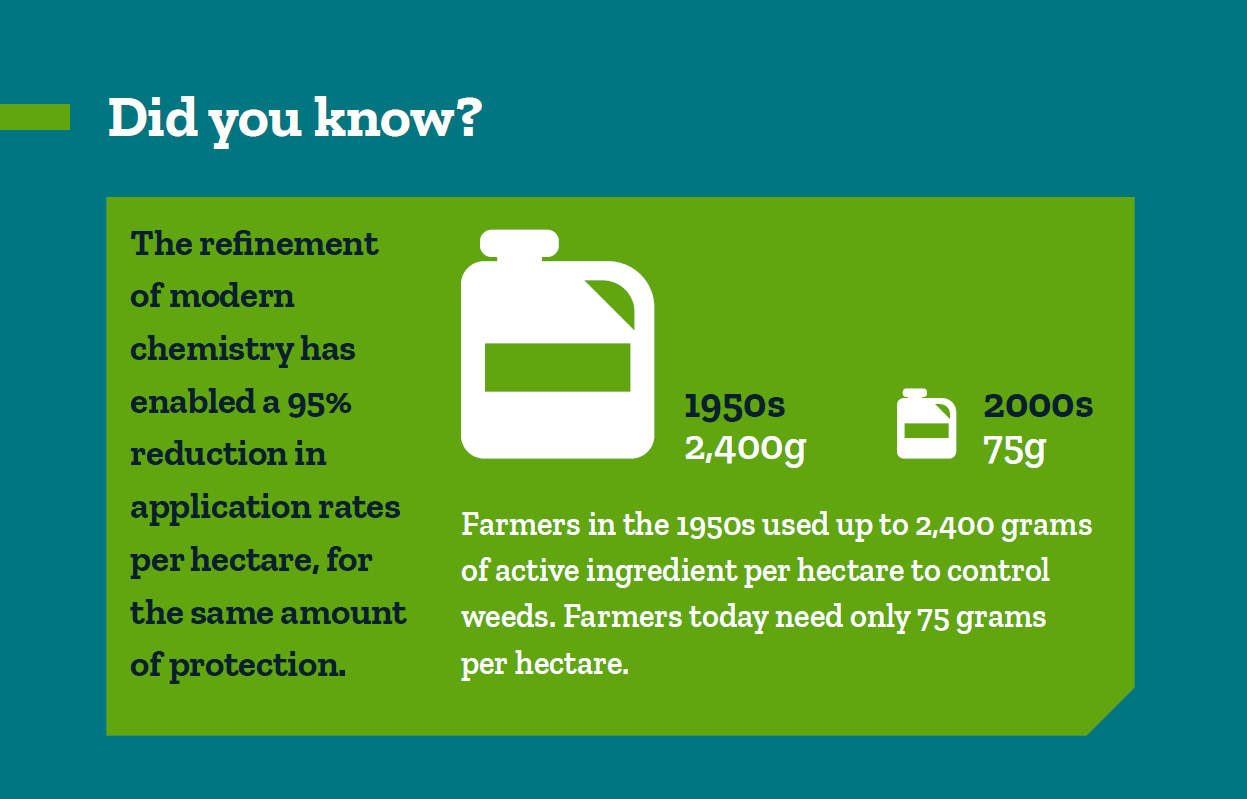
As technology continues to improve, so does the ability to detect minute levels of pesticides in water. Despite this, the most recent Reef Report Card shows continuous improvement in water quality, with 96.7 per cent of aquatic species absolutely protected across the entire GBR catchment, i.e., they are at zero risk from trace pesticides or other potential threats.
Modern farming practices in the Reef catchment are not only achieving legislated sustainability targets, but exceeding modelling expectations. The 2020 Reef Report Card demonstrates the continuous improvement of upslope pesticide management in the number of species protected.
The Great Barrier Reef Outlook Report also specifies that except for a few of small specific locations, concentrations of pesticides in the region are below levels expected to cause risk to marine organisms.
Summary points:
- Modern chemistry reduces pesticide application rates by 95% per hectare in Queensland, lowering agriculture’s carbon footprint.
- The latest Reef Report Card shows consistent water quality improvement, safeguarding 96.7% of aquatic species in the entire GBR catchment.
- Modern farming in the Reef catchment not only meets but exceeds legislated sustainability targets, per the 2020 Reef Report Card.
- The Great Barrier Reef Outlook Report confirms pesticide concentrations in the region generally pose no risk to marine organisms.
4. Industry-led stewardship gets results
Excitingly, real-world data shows more improvement in water quality metrics than what modelling originally suggests. This is because models currently do not include data from industry-led stewardship initiatives and as such, actual outcomes are significantly better than that which is modelled.
Industry-led product stewardship initiatives have transformed sustainable farming practices and underpinned measurable improvements in water quality in the Reef catchment area which are demonstrated in increasingly stringent reporting criteria.
Figure 2. An internal analysis of pesticide threshold exceedance data demonstrated that there is a decreasing trend in the frequency of threshold exceedances over time.

Industry-led stewardship by the plant science industry sets the gold standard for other agricultural industries to follow. These include:
- Best-practice reference materials – CropLife’s StewardshipFirst initiatives include:
- MyAgCHEMuse: a reference guide providing need-to-know information about safe and responsible use of pesticides.
- SprayBest: a best-practice guide for operators who use ground rig spray equipment.
- Resistance Management Strategies: developed by expert scientific technical review committees to provide pesticide users with up-to-date best-practice methods for preventing resistance.
- Pollinator Protection Initiative – a set of resources that incorporate pollinator protection to best-practice product use.
- BeeConnected®: an award-winning app helping farmers and beekeepers communicate about their activities.
- Seed Treatment Stewardship Strategy: a best-practice guide to working with insecticide treated seed.
- Stewardship services – national stewardship programs for the best-practice management of the industry’s products. These programs are delivered by CropLife’s wholly owned stewardship services organisation, Agsafe, and include:
- drumMUSTER®: collection and recycling of agvet chemical drums.
- ChemClear®: safe and responsible disposal of damaged, unknown or unwanted agvet chemicals.
- bagMUSTER®: CropLife’s newest collection and recycling initiative for plastic agricultural product bags.
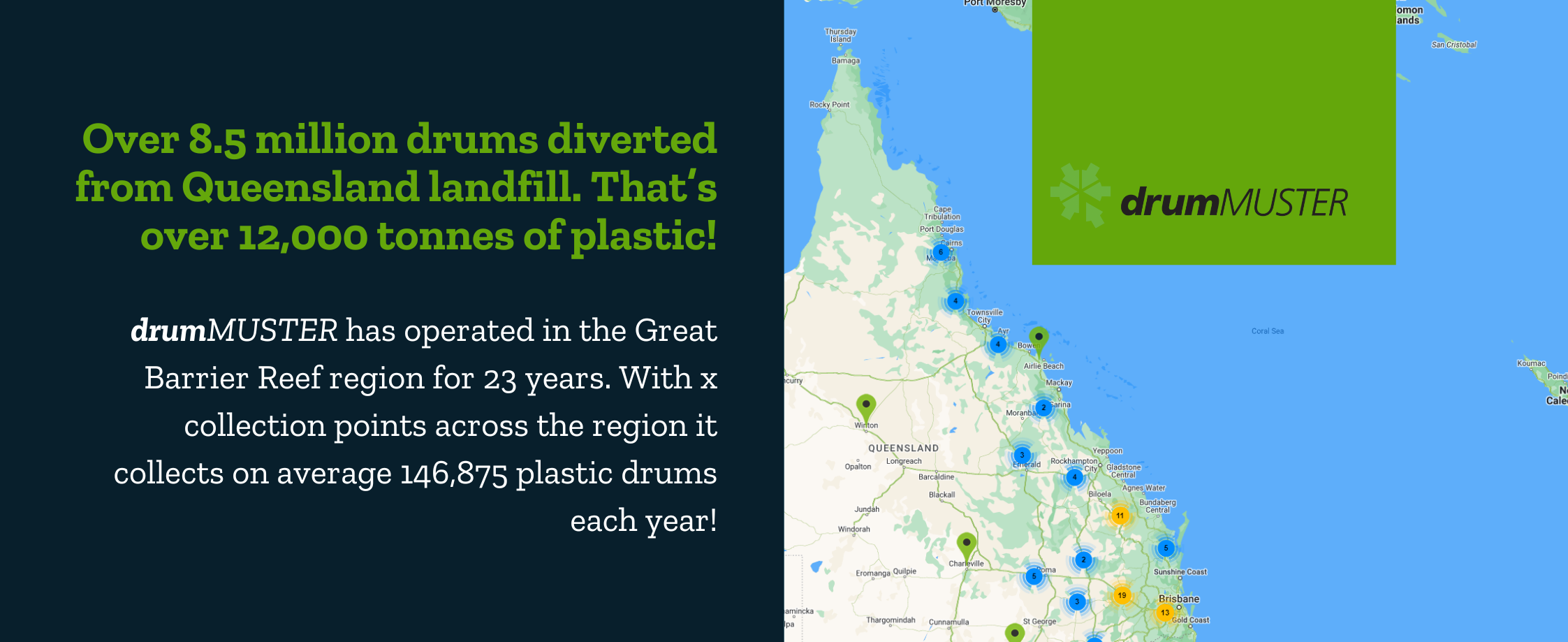
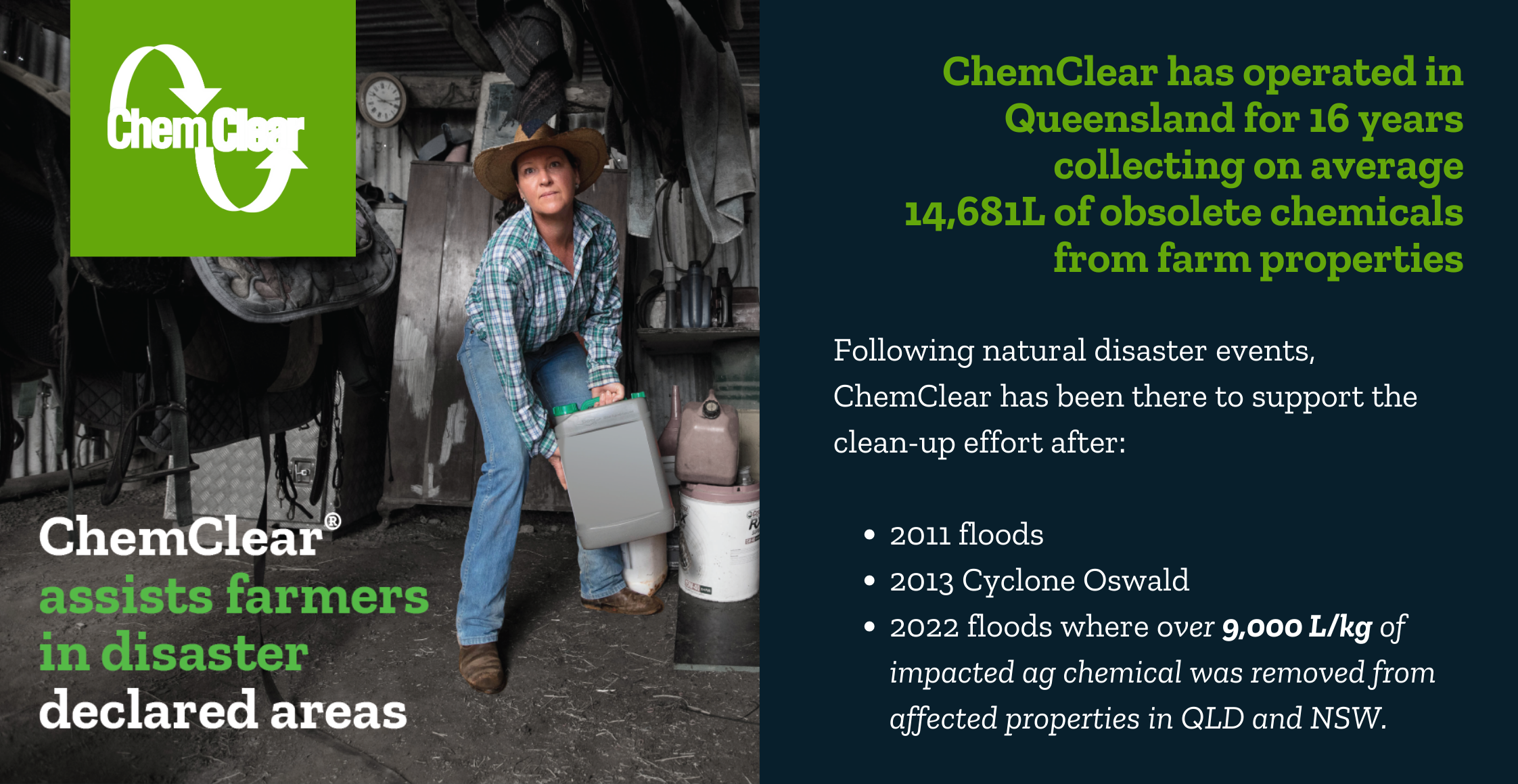
- Best Management Practice (BMP) programs – are designed for specific crops and support growers to improve on-farm management and utilise the best available and up-to-date science to improve farm productivity and environmental stewardship.
- Integrated pest management (IPM) –an environmentally conscious way of managing pests which includes numerous control methods. Users only apply pesticide when needed and their application methods are targeted. Thus, reducing the amount of pesticide that could end up as farm run-off.
- Product labels – providing clear use directions – proper product handling, dosage and application. Following these instructions is not only a legal requirement for all pesticide users, who must also be certified, but it also ensures that a product’s effectiveness is maximised and that any unintentional risks of exposing people, animals, other crops and native environment are minimised.
- Reef Champion awards – CropLife and its members are also proud supporters of the Reef Pesticide Stewardship Champion Award, managed by Queensland Farmers’ Federation.
5. So what is actually threatening the health of the GBR?
Numerous leading experts have highlighted that climate change poses the greatest threat to the Great Barrier Reef, and reefs worldwide.7, 8, 9, 10 This is primarily due to rising sea temperatures leading to coral bleaching, ocean acidification impairing coral calcification and the increased frequency of extreme weather events causing physical damage.
Climate change is increasing the frequency and severity of pests, weeds and diseases to agricultural productivity and the conservation of our protected natural environments, and thus, providing an even greater challenge to growing more with less. Pesticides are a crucial tool for sustainable intensification and thus preventing further land clearing for food production.
Sustainable intensification includes the use of modern chemistry and adoption of crop biotechnology innovations. This includes genetically modified or genetically edited crops that provide improved resilience to climate change, pests and disease and increased nutritional content.
Summary points:
- The single biggest threat to the Great Barrier Reef is climate change.
- Climate change will also exacerbate the threat of pests, weeds and diseases, to agriculture and national parks.
- The plant science industry’s innovations – modern chemistries and crop biotechnology – are crucial tools for sustainable intensification.
Figure 1. Climate change is the single biggest threat to coral reefs. Elevated sea water temperature is the principal cause of bleaching. Adapted from Olguin-Lopez et al.
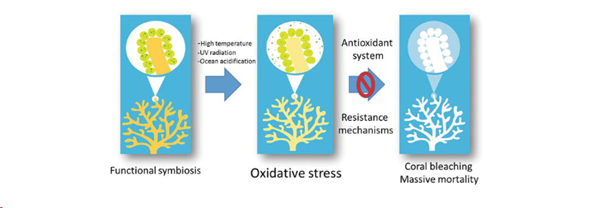
Supporting Partners:
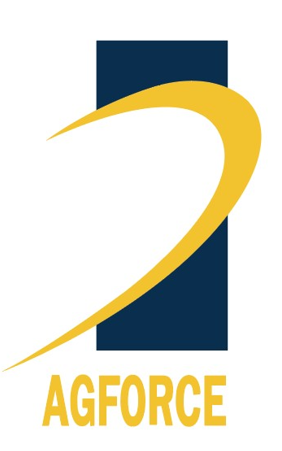
[1] ‘Coastal Development’, Great Barrier Reef Foundation, accessed 1 February 2024, https://www.barrierreef.org/the-reef/threats/coastal-development.
[2] UNFCCC, ‘The Paris Agreement’.
[3] Agriculture and Fisheries, ‘Broadacre Crops’, Text (corporateName=The State of Queensland;, 14 February 2023), https://www.business.qld.gov.au/industries/farms-fishing-forestry/agriculture/crops/field/broadacre.
[4] ‘Cane’, Queensland Farmers’ Federation, 29 September 2016, https://www.qff.org.au/farming-in-qld/cane/.
[5] ‘Industry Overview’, Cotton Australia, accessed 29 January 2024, https://cottonaustralia.com.au/industry-overview.
[6] ‘Record Agricultural Sector Valuation as Regions and Commodities Grow Strongly’, Ministerial Media Statements, accessed 29 January 2024, https://statements.qld.gov.au/statements/98051.
[7] Great Barrier Reef Foundation, ‘Climate Change: Climate Change Is the Single Biggest Threat Facing the Reef’, accessed 25 November 2022, https://www.barrierreef.org/the-reef/threats/climate-change.
[8] Great Barrier Reef Marine Park Authority, ‘Climate Change’, accessed 25 November 2022, https://www2.gbrmpa.gov.au/learn/threats/climate-change
[9] Queensland Government, ‘Climate Change Pressure on the Great Barrier Reef’ (jurisdiction=Queensland; sector=government; corporateName=Department of Environment and Science, 15 February 2019), https://www.stateoftheenvironment.des.qld.gov.au/biodiversity/estuarine-and-marine-ecosystems/climate-change-pressure-on-the-great-barrier-reef
[10] Hannah Ritchie and Max Roser, ‘Coral Reefs’, Our World in Data, 15 April 2021, https://ourworldindata.org/coral-reefs
